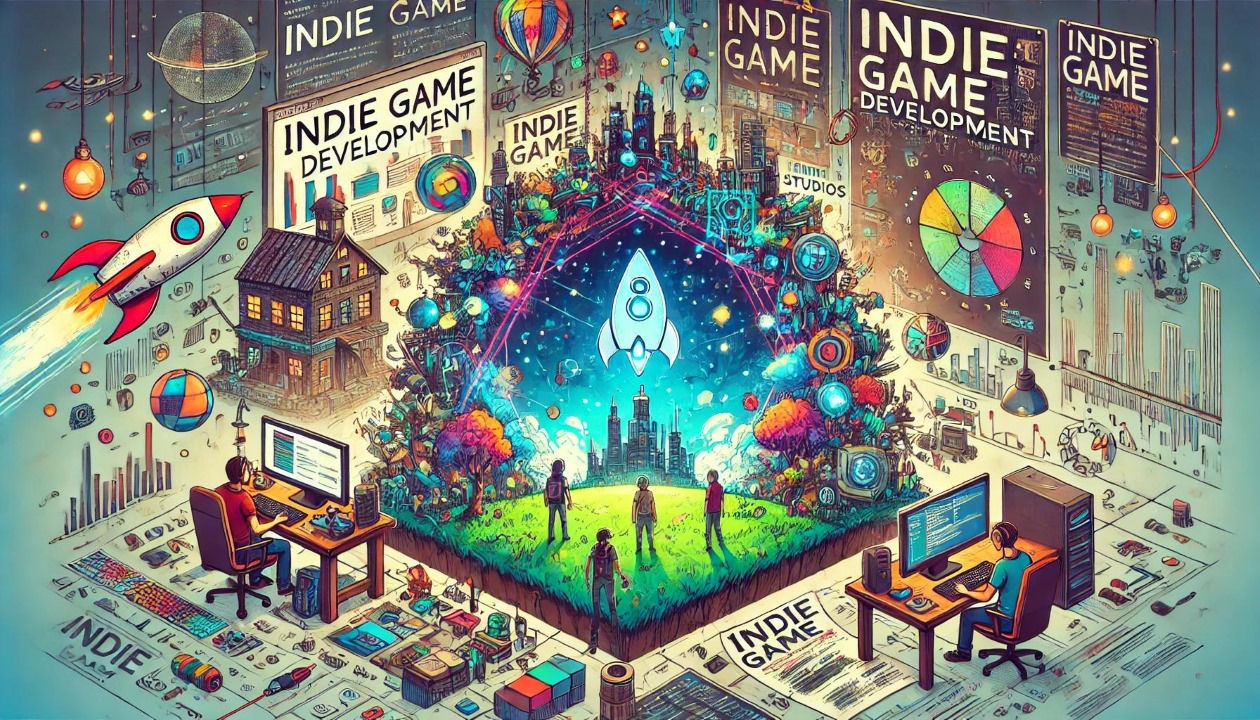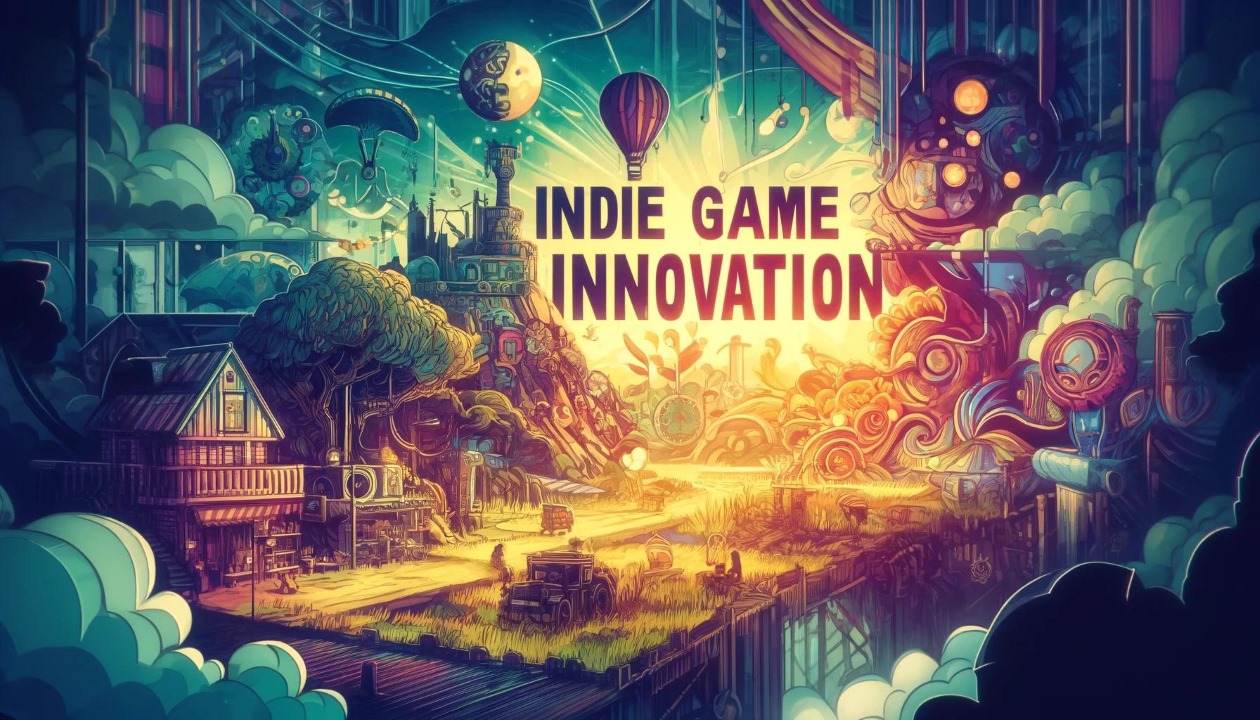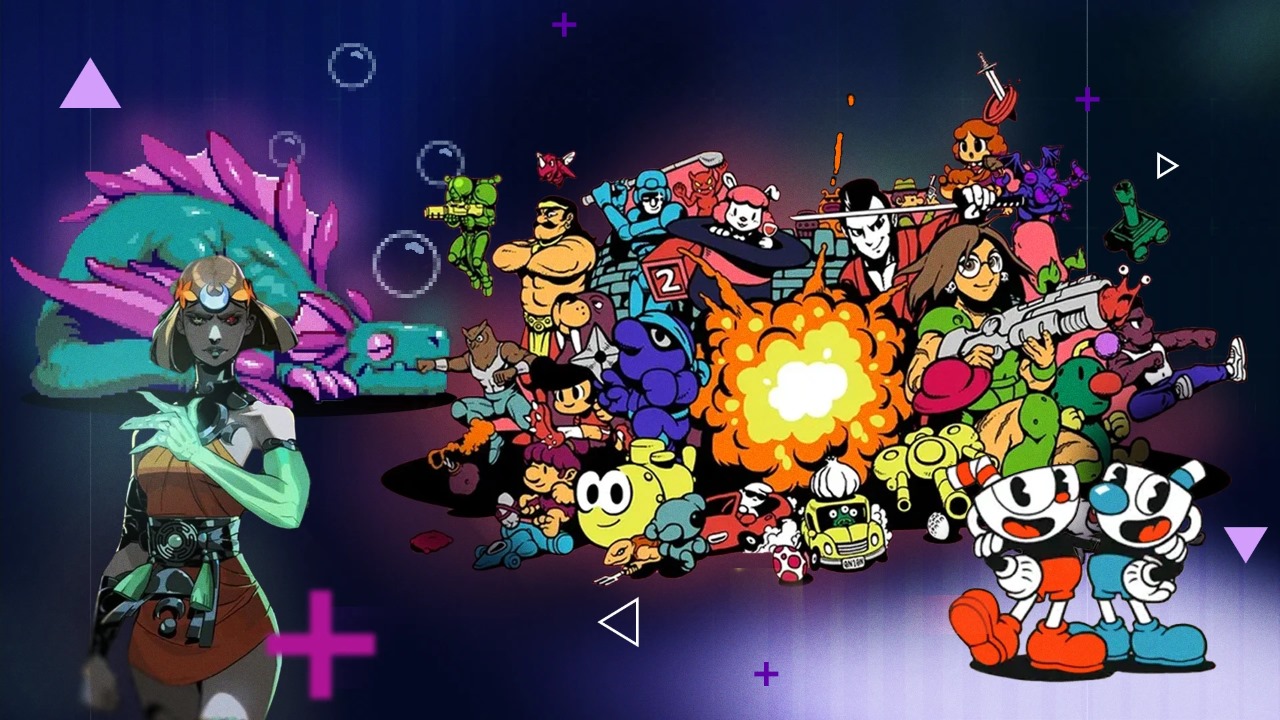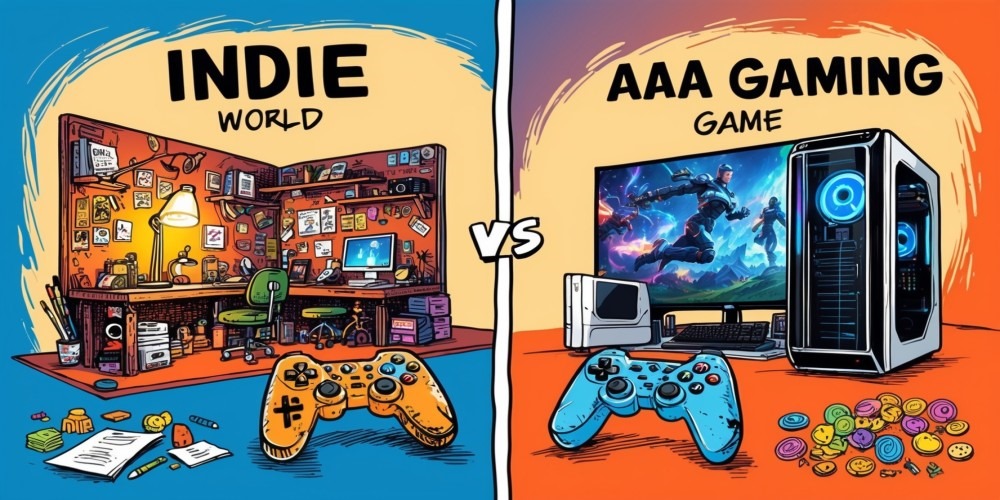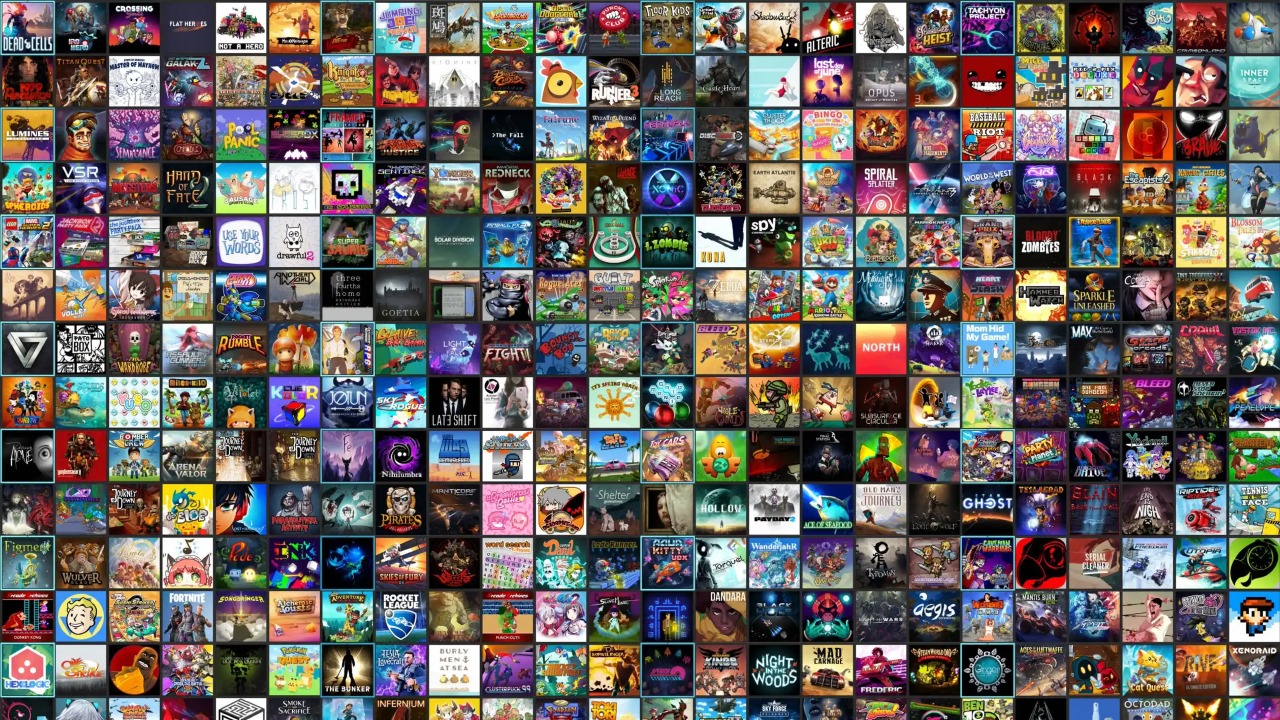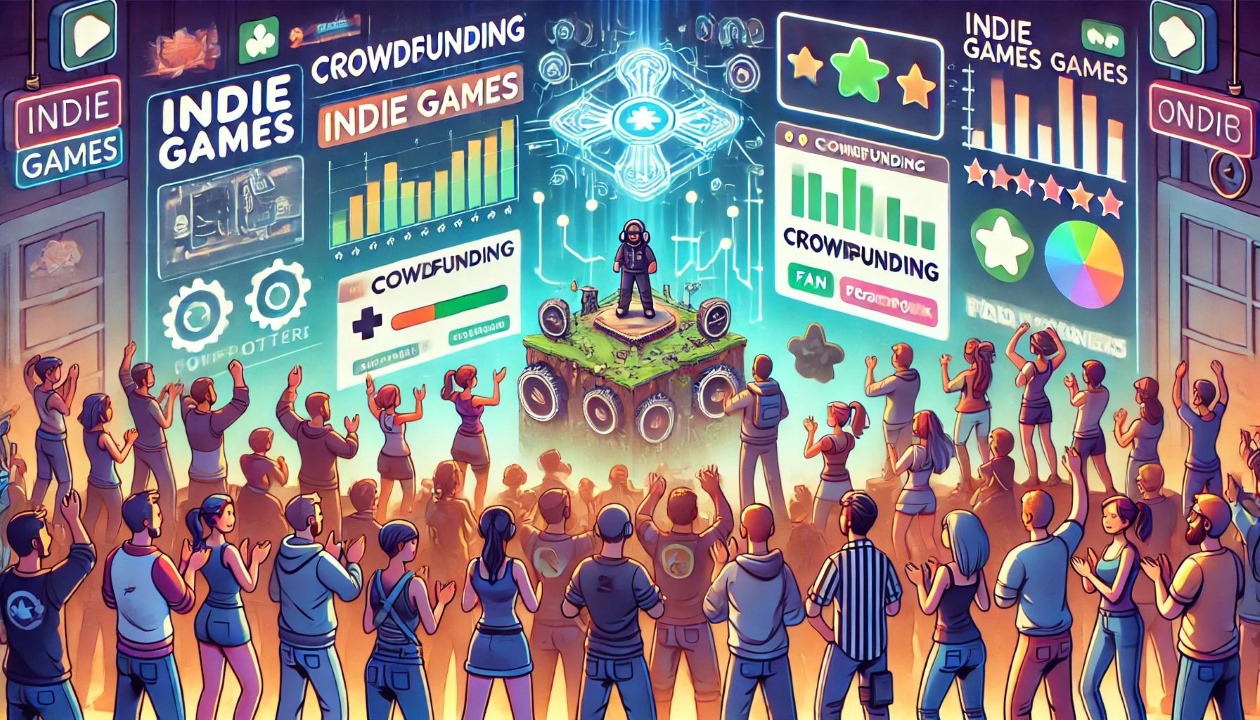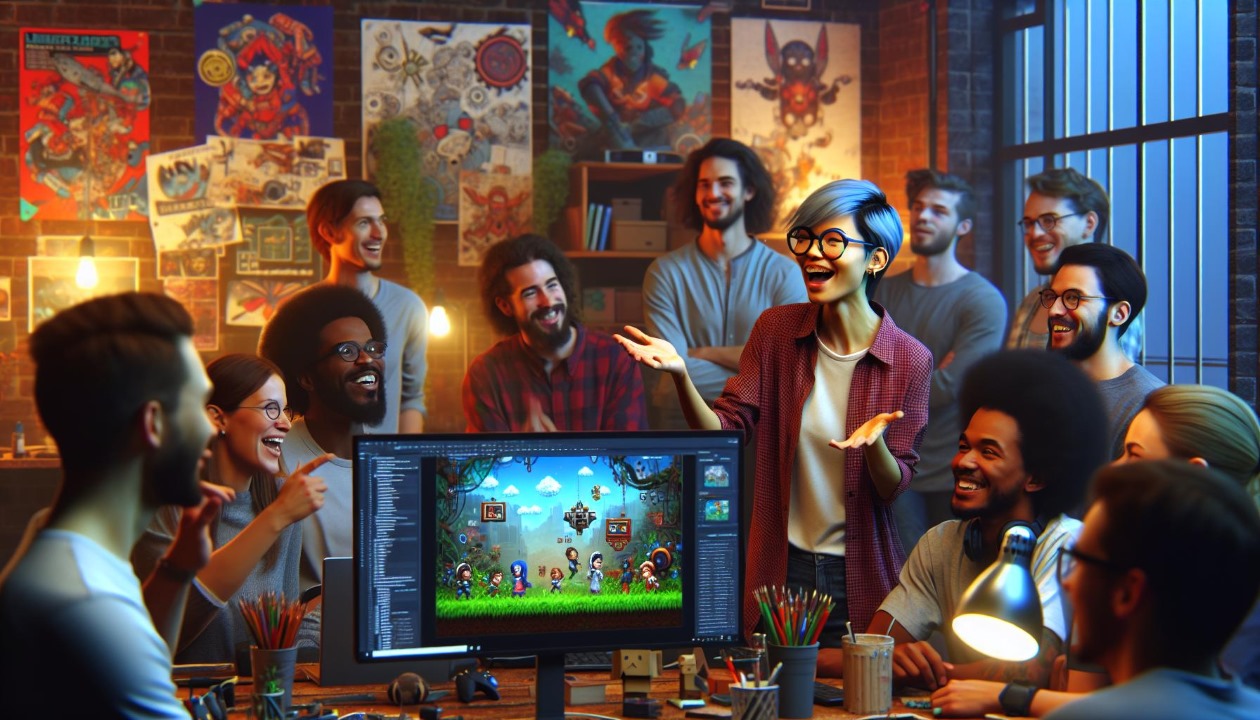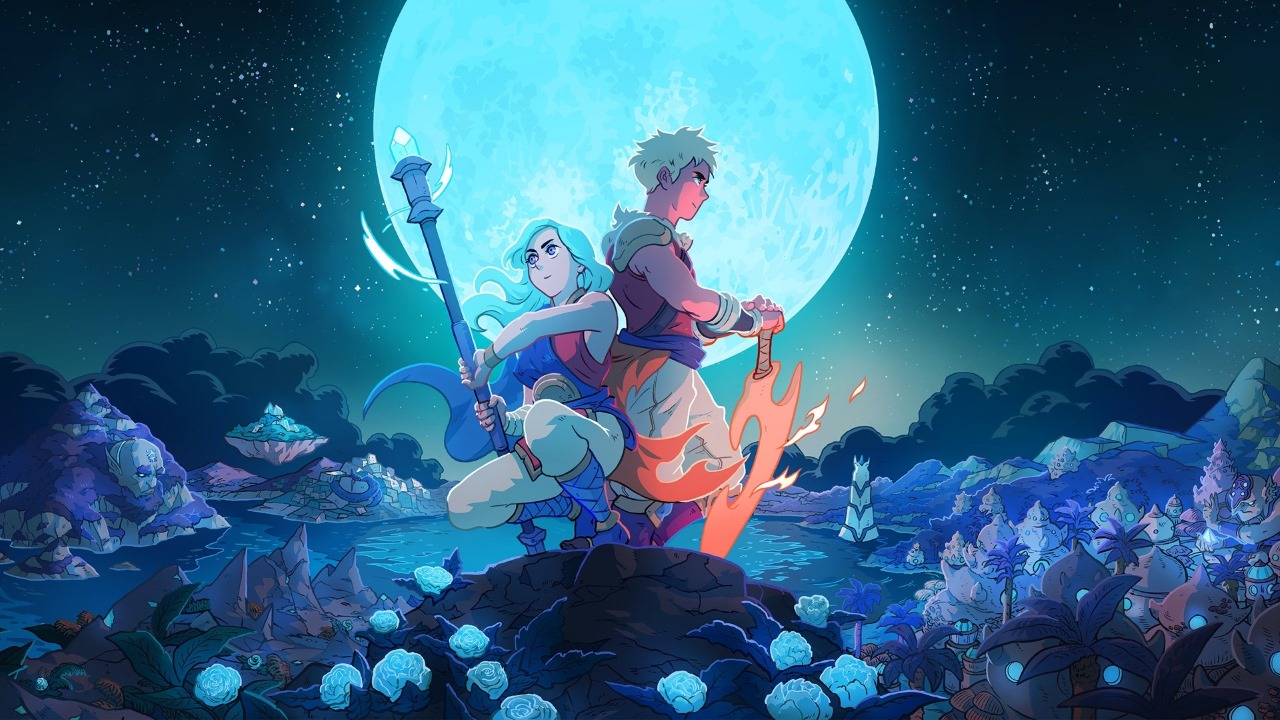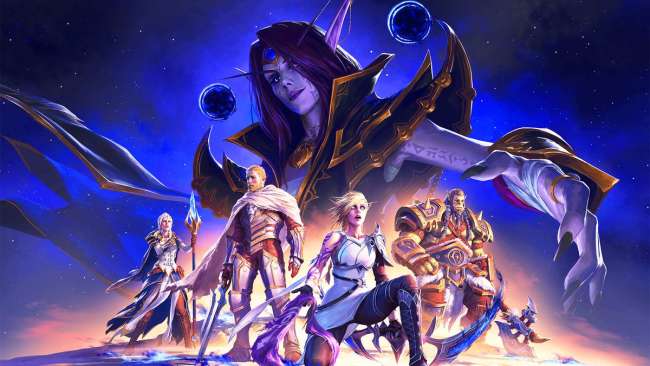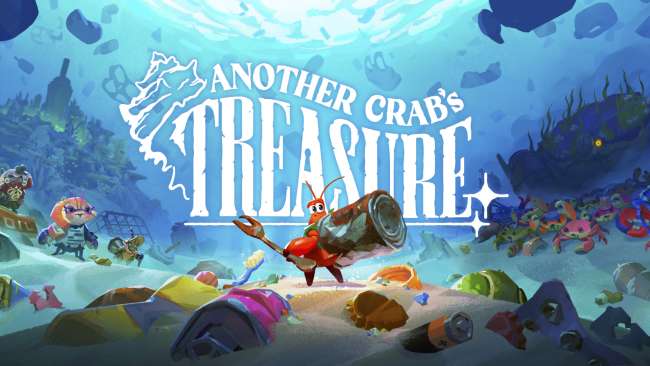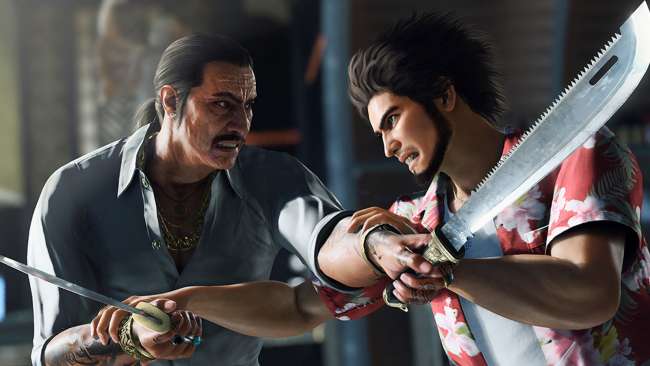The video game industry has undergone a massive transformation in recent years, and one of the most significant shifts has been the rise of indie games. Once seen as a niche segment, indie games have now become a major force in gaming, competing with AAA titles in terms of popularity, innovation, and critical acclaim. Small, independent studios have managed to break through the industry's traditional barriers, proving that creativity and originality can outshine massive budgets.
Indie games have redefined what gaming can be by embracing risk-taking, offering unique artistic styles, and exploring narratives that major publishers might consider too experimental. With digital distribution platforms like Steam, Itch.io, and the Epic Games Store making it easier for developers to reach global audiences, indie games are no longer an underground movement—they are shaping the future of gaming.
This article explores how indie games have risen to prominence, the innovations they bring to the industry, the challenges faced by small studios, and what the future holds for independent game development.
The Emergence of Indie Game Development
The term "indie game" refers to video games created by individuals or small teams without the backing of major publishers. Unlike AAA titles, which often require enormous budgets, indie games are typically funded through personal savings, crowdfunding, or small investors. This independence gives developers the freedom to experiment and create unique gaming experiences without the pressure of meeting corporate expectations.
The rise of indie game development can be attributed to the increasing accessibility of game development tools. In the past, creating a video game required extensive programming knowledge and costly software. Today, engines like Unity, Unreal Engine, and Godot allow developers—whether seasoned professionals or newcomers—to bring their ideas to life with minimal financial investment. These tools provide pre-built assets, intuitive programming environments, and extensive online tutorials, making it easier than ever to develop high-quality games.
Another key factor behind the indie game boom is the shift in distribution methods. Before the digital age, game developers had to rely on physical distribution, which was expensive and required publisher support. With the rise of digital platforms such as Steam, GOG, and the Nintendo eShop, indie developers can now release their games directly to players without the need for a middleman. This democratization of game distribution has enabled countless small studios to find success.
Additionally, social media and streaming platforms like YouTube and Twitch have provided indie games with unparalleled exposure. A single viral gameplay clip or a recommendation from a popular streamer can catapult an obscure indie title to mainstream success overnight. Games like Among Us and Hollow Knight gained widespread popularity thanks to word-of-mouth and online communities, showcasing how indie games can thrive in today's digital landscape.
Innovations and Creative Freedom
One of the defining characteristics of indie games is the emphasis on creative freedom. Without the constraints imposed by large publishers, indie developers have the liberty to experiment with gameplay mechanics, storytelling, and visual design in ways that mainstream studios often avoid.
Many indie games break away from traditional gaming formulas, introducing innovative mechanics that redefine genres. For instance, Celeste combined platforming with an emotionally compelling story about mental health, proving that challenging gameplay and deep narratives can coexist. Undertale flipped the traditional RPG mechanics by allowing players to befriend enemies instead of fighting them, leading to a unique moral choice system. Baba Is You introduced a mind-bending puzzle mechanic where players manipulate the game's own rules to progress. These examples highlight how indie developers push the boundaries of what video games can achieve.
Artistic expression is another area where indie games shine. Unlike AAA studios that often aim for hyper-realistic graphics, indie developers frequently adopt distinctive art styles that give their games a unique identity. Titles like Cuphead with its 1930s cartoon aesthetic, Hollow Knight with its dark, hand-drawn world, and Gris with its watercolor-inspired visuals showcase how indie games can be visually stunning while maintaining a strong artistic vision.
Narrative innovation is also a major strength of indie games. Many indie titles explore themes that are often overlooked in mainstream gaming, such as grief, existentialism, or cultural identity. Spiritfarer tackles themes of death and acceptance, Night in the Woods delves into depression and small-town struggles, and Disco Elysium offers a deep, philosophical dialogue system that lets players explore political ideologies and personal failures. These games prove that storytelling in video games can be as deep and meaningful as any other art form.
By prioritizing innovation over commercial trends, indie games continue to push the industry forward, proving that memorable gameplay and storytelling do not require multi-million-dollar budgets.
Impact on the Gaming Industry
Indie games have significantly influenced the broader gaming industry by challenging traditional norms and inspiring larger studios to take creative risks. Many mechanics and design philosophies pioneered by indie developers have been adopted by AAA studios, leading to a more diverse and innovative gaming landscape.
One of the key impacts of indie games is their role in reviving old genres. Before the indie boom, certain genres such as metroidvanias, point-and-click adventures, and 2D platformers had fallen out of favor with mainstream studios. Indie developers, however, saw an opportunity to breathe new life into these genres. Games like Hollow Knight revitalized the metroidvania genre, Shovel Knight reintroduced the magic of classic platformers, and Return of the Obra Dinn modernized the detective puzzle genre with its unique visual style and storytelling approach.
Additionally, indie games have influenced major publishers to take more creative risks. The runaway success of indie horror games like Five Nights at Freddy’s and Amnesia: The Dark Descent demonstrated that players crave unique horror experiences, leading to a resurgence in the genre with games like Resident Evil 7 adopting similar atmospheric and tension-building techniques. Similarly, the popularity of survival games like Don’t Starve and Rust pushed AAA studios to explore open-ended survival mechanics in their own titles.

Beyond gameplay mechanics, indie games have also championed inclusivity and representation in gaming. Because indie developers are not bound by corporate expectations, they have the freedom to tell personal and culturally diverse stories. Games like Celeste, which features a transgender protagonist, or Never Alone, which explores indigenous Alaskan folklore, highlight the importance of diverse storytelling in the industry. As a result, major publishers have started incorporating more inclusive narratives into their own games.
Another major impact of indie games is the shift in how players perceive game pricing and value. In the past, most high-quality games were expected to be big-budget, full-priced experiences. Indie games, however, have shown that smaller, lower-priced games can deliver just as much depth and enjoyment as a AAA title. This has led to a growing appreciation for shorter, high-quality gaming experiences that do not rely on excessive monetization or endless expansions.
The influence of indie games on the gaming industry is undeniable. By taking risks, embracing artistic freedom, and prioritizing meaningful player experiences, indie developers have redefined what games can be, pushing both players and major studios to rethink their expectations.
Challenges Faced by Indie Developers
Despite the creative freedom that comes with independent game development, indie studios face numerous challenges. Unlike major publishers, small teams must navigate financial limitations, marketing difficulties, and fierce competition in an oversaturated market.
One of the biggest obstacles indie developers face is funding. Developing a high-quality game requires substantial resources, including software, hardware, and time. Many indie developers rely on personal savings, small business loans, or crowdfunding platforms like Kickstarter to finance their projects. While some games receive financial support from indie-friendly publishers like Devolver Digital or Annapurna Interactive, most indie developers operate on extremely tight budgets.
Another major challenge is visibility. With thousands of games released each year, it can be difficult for indie titles to stand out. Digital distribution platforms like Steam and the Nintendo eShop provide access to global audiences, but they are also flooded with new releases daily. Without strong marketing efforts, even the most innovative indie games can go unnoticed. Unlike AAA studios, which have massive marketing budgets, indie developers often rely on social media, word-of-mouth, and influencer partnerships to gain traction.
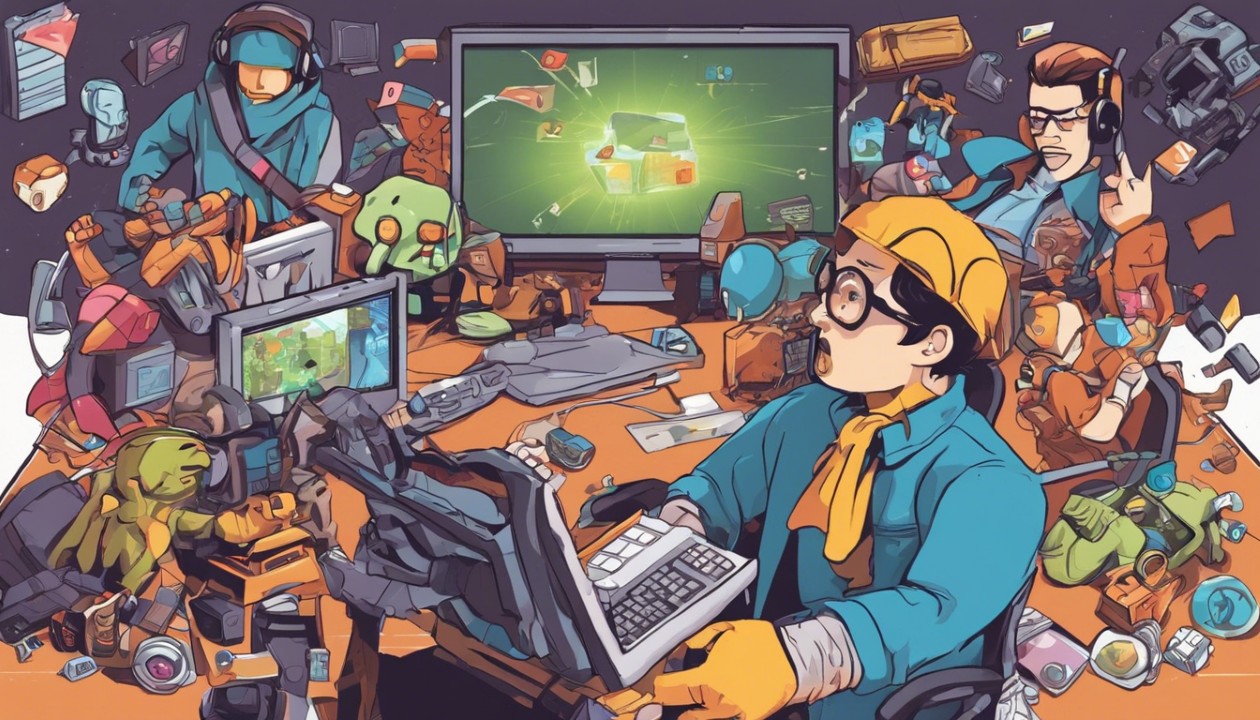
The financial instability of indie development also means that many developers struggle to sustain long-term careers. While some indie studios achieve breakout success, others may release a game that fails to generate enough revenue to fund future projects. The unpredictability of the market means that indie developers must be prepared for potential financial hardship, often balancing game development with freelance work or other income sources.
Additionally, indie teams must handle every aspect of game production themselves, including programming, art, design, writing, and quality assurance. Many indie developers work in small teams or even solo, requiring them to wear multiple hats. This can lead to long development cycles, burnout, and difficulties in maintaining work-life balance.
Despite these challenges, the indie game scene remains resilient. Developers continue to find new ways to secure funding, reach audiences, and create innovative games. The rise of crowdfunding, indie-friendly publishers, and digital marketing strategies has helped many small studios overcome financial and visibility barriers, proving that passion and creativity can thrive even in a competitive industry.
Success Stories in Indie Gaming
While many indie developers face struggles, some have achieved phenomenal success, proving that small studios can compete with the biggest names in the industry. These success stories highlight the potential of indie games to reach massive audiences and shape gaming trends.
One of the most well-known indie success stories is Minecraft. Created by Markus "Notch" Persson as a solo project, Minecraft started as a small indie game before becoming one of the best-selling games of all time. Its sandbox gameplay, creativity-driven mechanics, and strong modding community helped it grow into a global phenomenon. Microsoft later acquired Minecraft for $2.5 billion, cementing its place as one of the most influential games ever made.
Another standout indie title is Hollow Knight, developed by Team Cherry. This hand-drawn metroidvania game was funded through Kickstarter and became an instant hit due to its deep exploration, fluid combat, and hauntingly beautiful world. Its critical and commercial success proved that a small, dedicated team could create an experience rivaling AAA games in both quality and depth.
Stardew Valley, created by solo developer Eric Barone, is another incredible example of indie success. Inspired by the Harvest Moon series, Barone spent years developing the farming simulation game entirely by himself. When it launched, it quickly became a best-seller, praised for its relaxing gameplay, deep farming mechanics, and charming world. Stardew Valley has since sold millions of copies, and its ongoing updates and multiplayer mode have kept players engaged for years.
Similarly, Undertale by Toby Fox gained a cult following thanks to its unique approach to RPG mechanics. The game’s innovative battle system, where players can choose to spare or fight enemies, along with its witty writing and emotional storytelling, made it an indie sensation. Undertale demonstrated how a single developer with a strong vision could create a game that resonates with players on a deeply personal level.
These success stories serve as inspiration for aspiring indie developers, proving that great games don’t require massive budgets—just passion, dedication, and a unique creative vision.
The Role of Community and Crowdfunding
Community engagement is a crucial factor in the success of many indie games. Unlike major studios, indie developers often build close relationships with their audiences, fostering strong player communities that help promote and sustain their projects.
One of the most significant ways indie games gain support is through crowdfunding platforms like Kickstarter, Patreon, and Fig. These platforms allow developers to secure funding directly from players who believe in their vision. By backing projects early in development, fans not only help developers financially but also become invested in the game's progress, offering feedback and suggestions throughout development.
Games like Shovel Knight and Divinity: Original Sin 2 were made possible through crowdfunding. By engaging with backers and incorporating community feedback, these games successfully built loyal fanbases even before launch. Crowdfunding also gives developers creative independence, allowing them to create the game they want without pressure from investors or publishers.
Beyond crowdfunding, indie developers leverage social media, Discord servers, and Reddit communities to interact with players. This direct connection allows developers to gather valuable insights, refine gameplay based on community input, and build excitement leading up to release. A strong, engaged community can also lead to grassroots marketing, where word-of-mouth recommendations drive sales.
Streaming platforms like Twitch and YouTube have also played a huge role in indie game success. A single influential streamer showcasing an indie game can generate massive exposure, as seen with Among Us, which remained relatively unknown until Twitch streamers brought it to mainstream attention.
The symbiotic relationship between indie developers and their communities highlights the power of player-driven support. Whether through crowdfunding, online discussions, or streaming promotions, community engagement remains one of the most valuable assets for indie developers.
Future Trends in Indie Game Development
As technology continues to evolve, indie game development is expected to grow even further, with new opportunities emerging in areas like virtual reality, artificial intelligence, and cross-platform accessibility.
One major trend is the increasing presence of AI-assisted development tools. AI-driven tools are making it easier for small teams to create high-quality games by automating complex tasks such as procedural level generation, animation, and coding assistance. These tools allow indie developers to focus more on creative aspects rather than spending countless hours on technical challenges.
Another significant trend is the rise of subscription services like Xbox Game Pass and PlayStation Plus. These platforms provide indie developers with new ways to reach audiences by including their games in curated collections. Being featured in a popular subscription service can dramatically boost an indie game's exposure and sales.
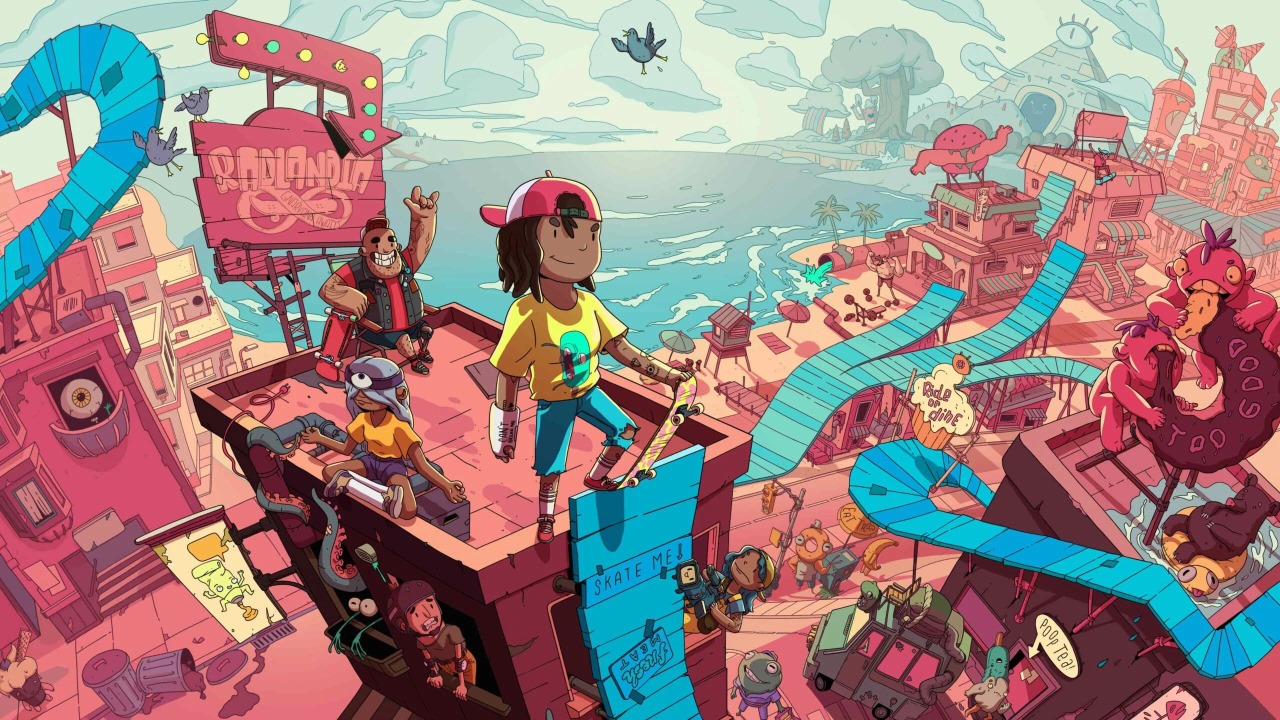
Cross-platform and cloud gaming are also becoming increasingly relevant. With cloud gaming services like GeForce Now and Xbox Cloud Gaming, indie titles can now reach players on multiple devices without requiring powerful hardware. This shift allows more players to experience indie games, regardless of their platform of choice.
Additionally, the growth of mobile indie gaming continues to expand the market. With the rise of premium mobile indie titles like Monument Valley and Dead Cells, mobile platforms are proving to be lucrative spaces for independent developers. The increasing acceptance of high-quality indie games on mobile ensures that developers have more opportunities to reach diverse audiences.
Looking ahead, indie developers will likely remain at the forefront of gaming innovation, pioneering new genres, gameplay mechanics, and storytelling methods. The industry's continued support for independent creators, combined with advancements in development technology, ensures that indie gaming will remain a vital and influential part of the industry.
A New Era for Indie Games
The rise of indie games has fundamentally changed the gaming industry, proving that creativity and passion can thrive without massive budgets or corporate oversight. Indie developers have redefined genres, introduced groundbreaking mechanics, and created some of the most memorable gaming experiences in recent history.
Despite the challenges indie studios face, their impact on the industry is undeniable. They have pushed innovation forward, inspired larger studios to embrace creativity, and built strong communities that support artistic expression in gaming.
As the indie game movement continues to grow, small studios will remain a driving force behind the evolution of video games, ensuring that players always have access to fresh, unique, and meaningful experiences that challenge the status quo.


